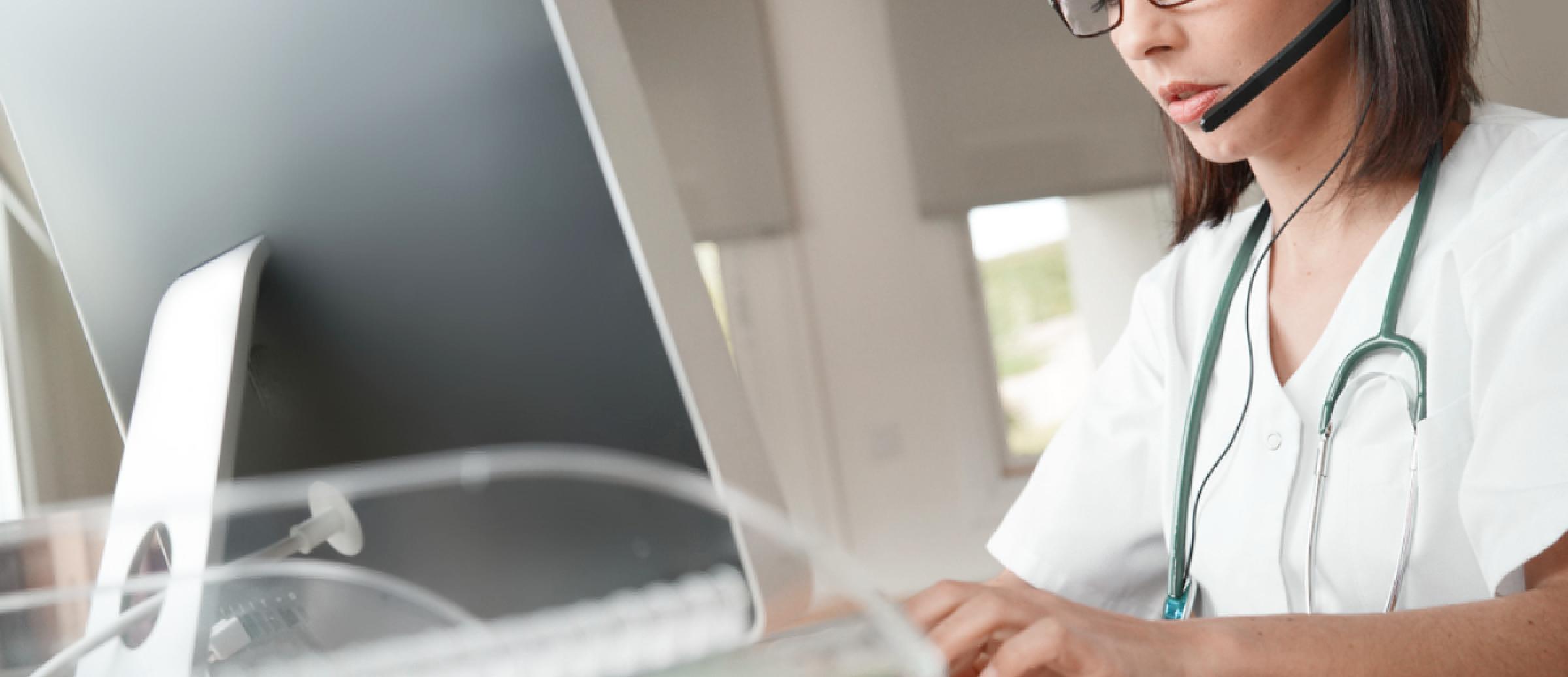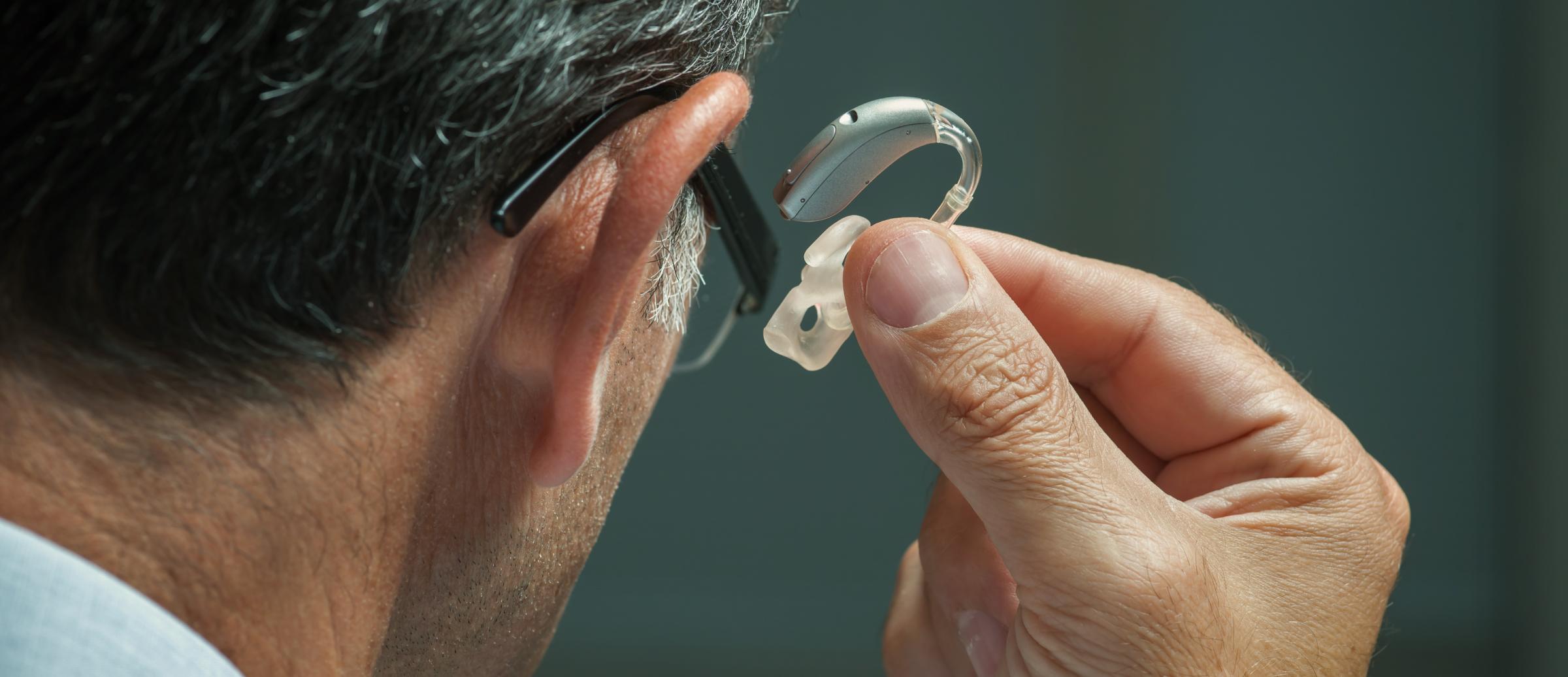
Voice technology in healthcare


Conversational AI technology has been a gamechanger in the consumer market, with users taking advantage of voice technology to get directions, set alarms, or ask Google the temperature on the spot. But the technology has proven even more impactful in the healthcare industry, where voice recognition technology solutions are growing at a 25-35% annual compound rate.
Digital assistant technology is providing innovative approaches to hands-free support in both healthcare administration and in patient care. Let's take a look at how voice technology is improving the healthcare experience today, and what its future looks like.
Voice transcription
Doctors and other medical practitioners often need to document patient notes during examinations, which means they won't be able to write or type up their notes in real time. In the past, they often recorded notes onto tapes which would then be transcribed by specialized medical transcriptionists—a process that may take a matter of days or weeks. With improvements in voice transcription technology, medical notations can be instantly transcribed in real-time, saving time and expediting the process of documenting clinical notes. Family practitioners found that using this technology was able to save between 29 to 144 hours per year, compared to their previous processes—helping them spend more time on patient care instead of administrative work.

OR digital assistant
Voice technology can also be used to recognize speech and respond with data or actions. For instance, a doctor can use a digital assistant to request a patient's vital stats without needing to refer to their charts, or set a timer without needing to touch a button. Because doctors and other healthcare practitioners may need a hands-free way to access information, using a digital assistant can cut down on the number of people who need to be present during a procedure, as the doctor can request patient data directly from the digital assistant rather than needing an assistant present to provide information and take notes. Given new procedures in place at healthcare facilities in the wake of COVID-19, this provides an ideal way to reduce the risk of exposure to COVID-19 while also increasing staff productivity.
Voice companion for patients
Voice technology can also provide great benefits on the patient side of healthcare, particularly for elderly patients who may not have the mobility to type on a tablet or smartphone. They can use voice-activated technology to set and listen to reminders for important events such as medication dosage times, doctor's appointments, and other healthcare needs. They can use the technology to dictate transcription, such as how they're feeling on a certain day, which can then be sent to their doctor for analysis, or use voice prompts to call their doctor's office directly. They can also use voice technology to describe their symptoms or vital signs and listen for next steps based on set algorithms. Having an always-on home healthcare companion that responds to voice prompts can ensure that patients receive appropriate care when they need it, and reduce problems associated with isolation.
Wearable sensors
Patients can also benefit from wearable sensors that listen to voice prompts as well as other audio signals to detect when to notify the patient's doctor or call emergency services on their behalf. For example, the technology can listen for the sound of a fall, and trigger a call to emergency services. Sensors placed on the chest can monitor heart rate and alert the patient and their medical team when the heart’s rhythm is outside of its normal range, or monitor the patient’s breath for signs of distress. With wearable sensors that passively monitor for signs of trouble, caregivers and patients can feel more confident that a patient won’t end up in distress if they become sick or injured without a caregiver present.

Hearing aids
One common and longstanding use for voice technology in healthcare is in the science of hearing aids, which have become far more sophisticated and finely tuned, while becoming more compact than the bulky aids of the past. Hearing aids work to amplify external sound inputs so that people with hearing deficiencies will be able to hear them at the volume necessary to process them.
Of course, there's a tradeoff between size and power, so patients suffering from hearing loss may need to consider their options wisely. Today's hearing aid options include numerous choices, including:

Completely-in-the-canal (CIC) hearing aids
These aids fit entirely within the ear canal, so are nearly invisible to an outside viewer. However, they use small batteries so cannot be used for a long period of time without replacing the battery, and are only sufficient for people suffering from mild to moderate hearing loss.
In-the-ear hearing aids
These hearing aids are larger, and come in half-shell or full-shell sizes depending on the user's needs, fitting within the outer ear. They have longer battery life than the smaller models, and can also include directional microphones, making them a better fit for people with more severe hearing loss.
Behind-the-ear
These models are a good fit for users of all ages, and with any type of hearing loss. Though many models are large, smaller models are now available as well. They include directional microphones and are capable of a higher degree of amplification than other models.
The future of voice technology
Voice technology already has many important applications within healthcare administration, patient care, and consumer healthcare needs. As such technologies become more prevalent and affordable, we’re likely to see widespread adoption in OR, office, research, and home healthcare settings.
Conversational AI technology is constantly improving, making it easier than ever for AI technology to process natural language and respond in kind with reminders, access to data, or even solutions to medical problems. Healthcare practitioners and consumers alike will be sure to benefit from new advances in voice technology, whatever use cases they may have.





